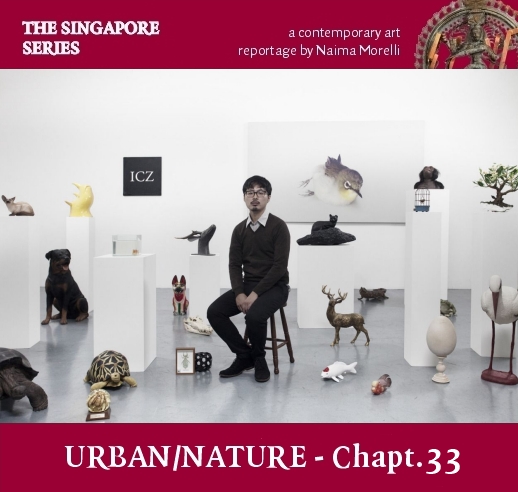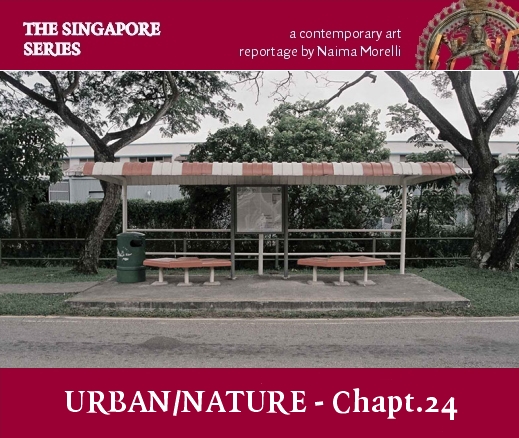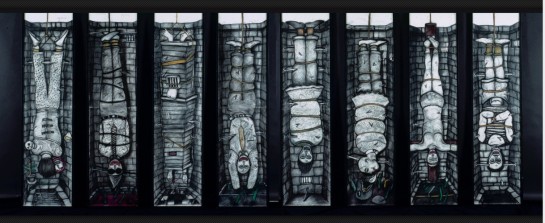
Robert Zhao Renhui
A definition of ‘artist’ according to my arts writer friend Donato is a person that is obsessed with something. However, as soon as artists become famous, you see this obsession wearing out or being somehow forced into a structure. Whereas over the years Robert Zhao has developed a team of people collaborating with him, I’d say his obsession is always there. He’s a total nature nerd, and you can feel his genuine obsession with it, paired with a strong conceptual background, which makes him in my opinion and in that of many other art critics, an incredibly powerful artist. Where you’d expect a snobbish, intellectual figure, you meet a very nice and considerate man who is really interested in sharing his passion and his work.
Read More






Published! Interview with Reko Rennie on Global Comment
My interview with Australian artist Reko Rennie has just been published on the webmagazine Global Comment with the title “Aboriginal Royalty at the Venice Biennale: Interview with artist Reko Rennie”. This interview is part part of my research about artists in Melbourne.
Here’s the link to the article
Read More